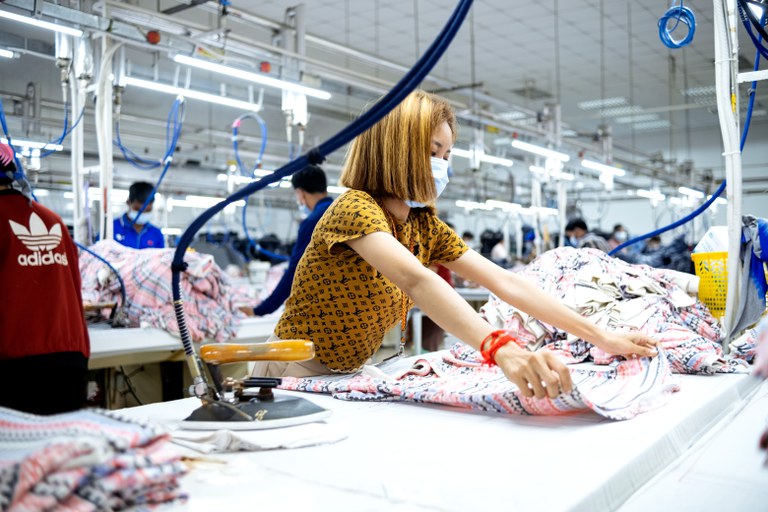What you should know about ILO's newest Workers' Manual on Productivity
How can workers and their unions in the Asian garment sector receive better support in their work? How can social dialogue be encouraged and how can it be used as a tool to ensure that labour standards are respected and better working conditions are promoted? We have some answers to these questions.
What will participants learn?
Participants will learn how workers can better support productivity and how productivity improvement can lead to better working conditions in the form of increased income, improved working environment, greater welfare and improved occupational safety and health.
How is the manual structured?
The manual is divided into four substantive sessions, plus sessions on "getting started with"- and "concluding the training".
How much time does the manual require?
Approximately 8 hours of activities – roughly 1.5 hours per sessions 2-5, and 40 minutes each for the "Getting Started" and "Conclusions" sessions.
How do I know how to use the guidelines most successfully?
The manual has two extra pages on which valuable tips are given on how to successfully implement the training. These include reading out-loud, listening to the instructions and working as a group, being active, monitoring time, completing the survey and following the icons.
What else?
The activities allow participants to share their perspectives and experiences while the built-in knowledge enriches their understanding of the topics.
What is the goal of the manual?
Upon completion of this training manual, participants should have increased knowledge regarding the general concept of productivity and its importance; the importance of social dialogue for enhancing productivity and working conditions and their interrelations; the role of labour standards in productivity improvement and how workers can contribute to productivity improvement; and how these improvements can lead to better working conditions and decent work.

